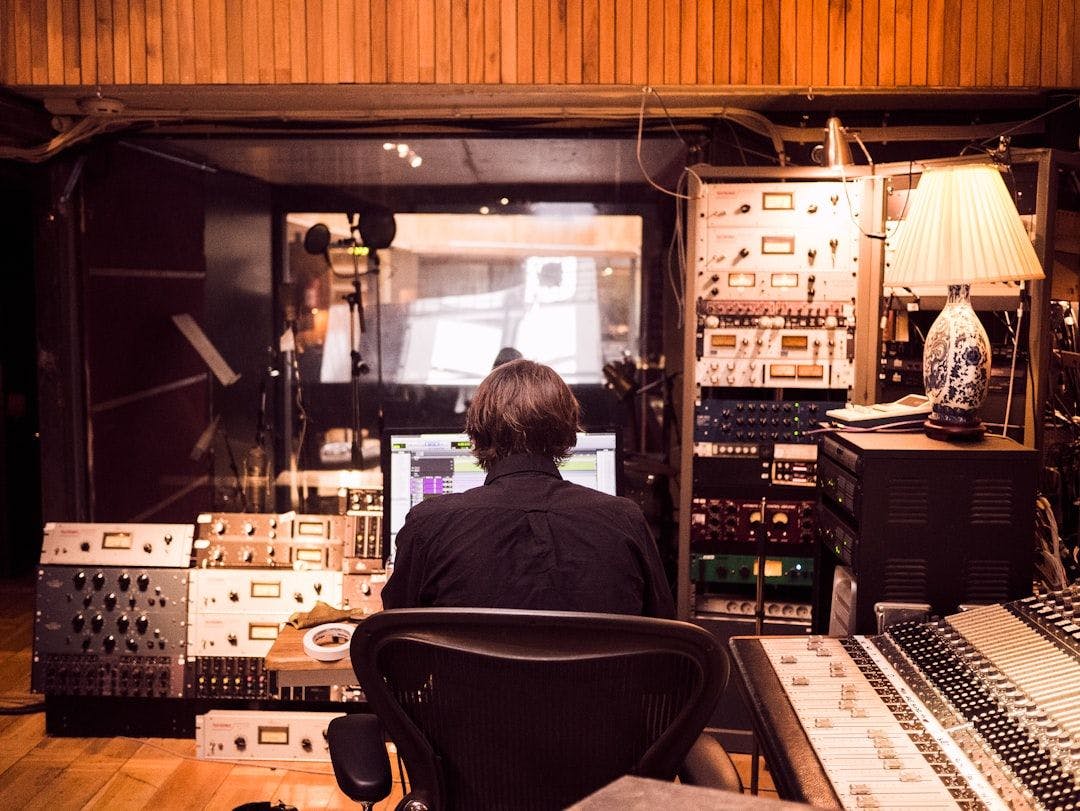Authors:
(1) Hoon Kim, Beeble AI, and contributed equally to this work;
(2) Minje Jang, Beeble AI, and contributed equally to this work;
(3) Wonjun Yoon, Beeble AI, and contributed equally to this work;
(4) Jisoo Lee, Beeble AI, and contributed equally to this work;
(5) Donghyun Na, Beeble AI, and contributed equally to this work;
(6) Sanghyun Woo, New York University, and contributed equally to this work.
Editor's Note: This is Part 12 of 14 of a study introducing a method for improving how light and shadows can be applied to human portraits in digital images. Read the rest below.
Table of Links
- Abstract and 1. Introduction
- 2. Related Work
- 3. SwitchLight and 3.1. Preliminaries
- 3.2. Problem Formulation
- 3.3. Architecture
- 3.4. Objectives
- 4. Multi-Masked Autoencoder Pre-training
- 5. Data
- 6. Experiments
- 7. Conclusion
Appendix
- A. Implementation Details
- B. User Study Interface
- C. Video Demonstration
- D. Additional Qualitative Results & References
B. User Study Interface
Our user study interface is outlined as follows: Participants are shown an input image next to a diffused ball under the target environment map lighting. The primary objective is to compare our relighting results with baseline methods, as depicted in Fig. 11. Evaluation focuses on three criteria: 1. Consistency of lighting, 2) Preservation of facial details, and 3) Retention of the original identity. This comparison aims to determine which image best matches the lighting of the diffused ball while also maintaining facial details and original identity. To ensure unbiased evaluations, we randomized the order of presentation. Participants evaluated 30 random samples from a set of 256. This dataset included 32 portraits from the FFHQ dataset [25], each illuminated under eight distinct lighting conditions.

This paper is available on arxiv under CC BY-NC-SA 4.0 DEED license.

